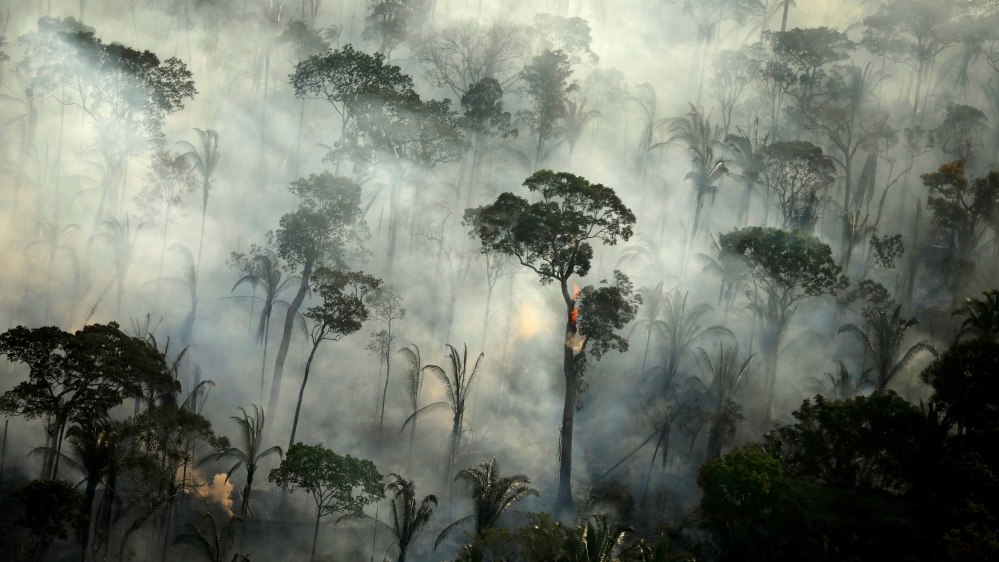Environment
Physicists say civilization faces 90 percent chance of ‘irreversible collapse’ in a few decades
Even the most optimistic forecast shows there is less than a one in 10 chance that humans will be able to survive “without facing a catastrophic collapse.”

(TMU) – While 2020’s global pandemic has clearly revealed that the world is increasingly gripped by instability and social strife, the worst may only be yet to come as experts want that human civilization as a whole is fast approaching its “irreversible collapse” within the next 2 to 4 decades.
A new study published in peer-reviewed journal Scientific Reports has warned that if human economic activities continue at their present rate, our forests will become massively depleted and trigger the fall of civilization as we know it. And even the most optimistic forecast shows that there is less than a one in 10 chance that humans will be able to survive “without facing a catastrophic collapse.”
The research paper notes that if current deforestation trends around the world are allowed to continue, the planet’s very last forests could disappear in a matter of only 100 to 200 years – essentially rendering the Earth unable to sustain human populations.
And because humanity continues to rely on basic raw materials and food resources – not just for the sake of the world economic system but for basic survival – the crash could come in stages but would be unstoppable once forests are depleted beyond a certain point.
“Clearly it is unrealistic to imagine that the human society would start to be affected by the deforestation only when the last tree would be cut down,” reads the study. “The progressive degradation of the environment due to deforestation would heavily affect human society and consequently the human collapse would start much earlier.”
According to the researchers, our window to prevent this terrible possibility could be closed within only 20 or 40 years.
Indeed, our successive civilizations have long relied on forests for many of the essentials of human life. As the study notes, trees play an essential role in planetary life-support systems ranging from carbon storage to oxygen production, water cycle regulation, oxygen production, support for natural and human food systems, habitats for a diverse range of species who also play a role in maintaining ecological health, and even the building material of our homes.
However, in the absence of forests, the paper reads, “it is highly unlikely to imagine the survival of many species, including ours, on Earth without them”
The research paper was written by theoretical physicists Dr. Gerardo Aquino from the Alan Turing Institute in the U.K. and Professor Mauro Bologna of the Department of Electronic Engineering at the University of Tarapacá in Chile, both of whom have long and accomplished careers as physicists.
Before the dawn of human civilization, the earth was covered in roughly 60 million square kilometers of fest. However, indiscriminate deforestation driven by human activities such as industrialization, clear-cutting of forest land, and urbanization has resulted in only 40 million square miles remaining.
However, while the paper clearly lays out the doomsday scenario in an impactful way, Motherboard notes that global deforestation rates have actually decreased in recent years. However, there has still been a net loss of forest land, and newly-planted trees are hardly a substitute for the old-growth forests and lush, biodiverse rainforests in regions like the Amazon.
“Calculations show that, maintaining the actual rate of population growth and resource consumption, in particular forest consumption, we have a few decades left before an irreversible collapse of our civilization,” the study concludes.
Typos, corrections and/or news tips? Email us at Contact@TheMindUnleashed.com
